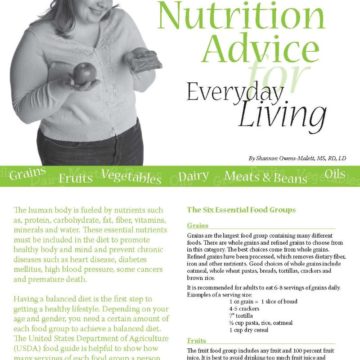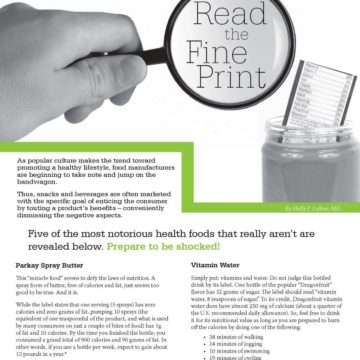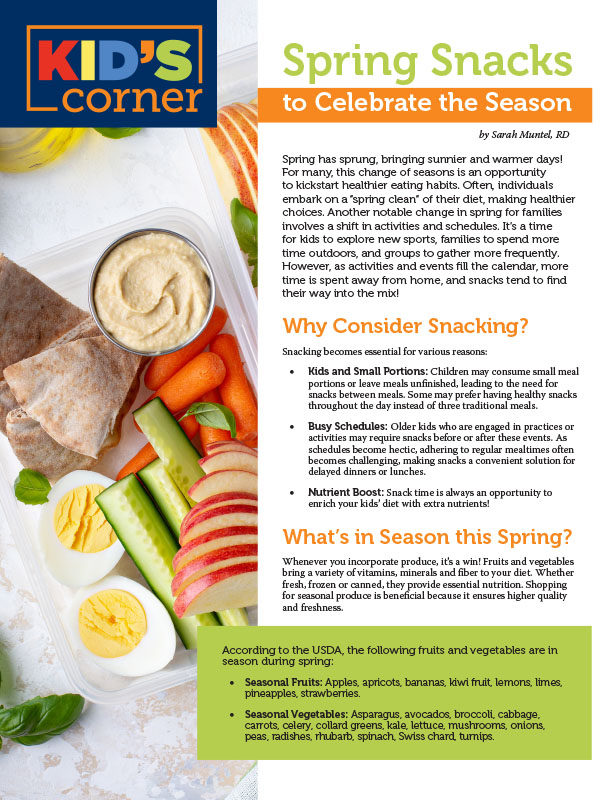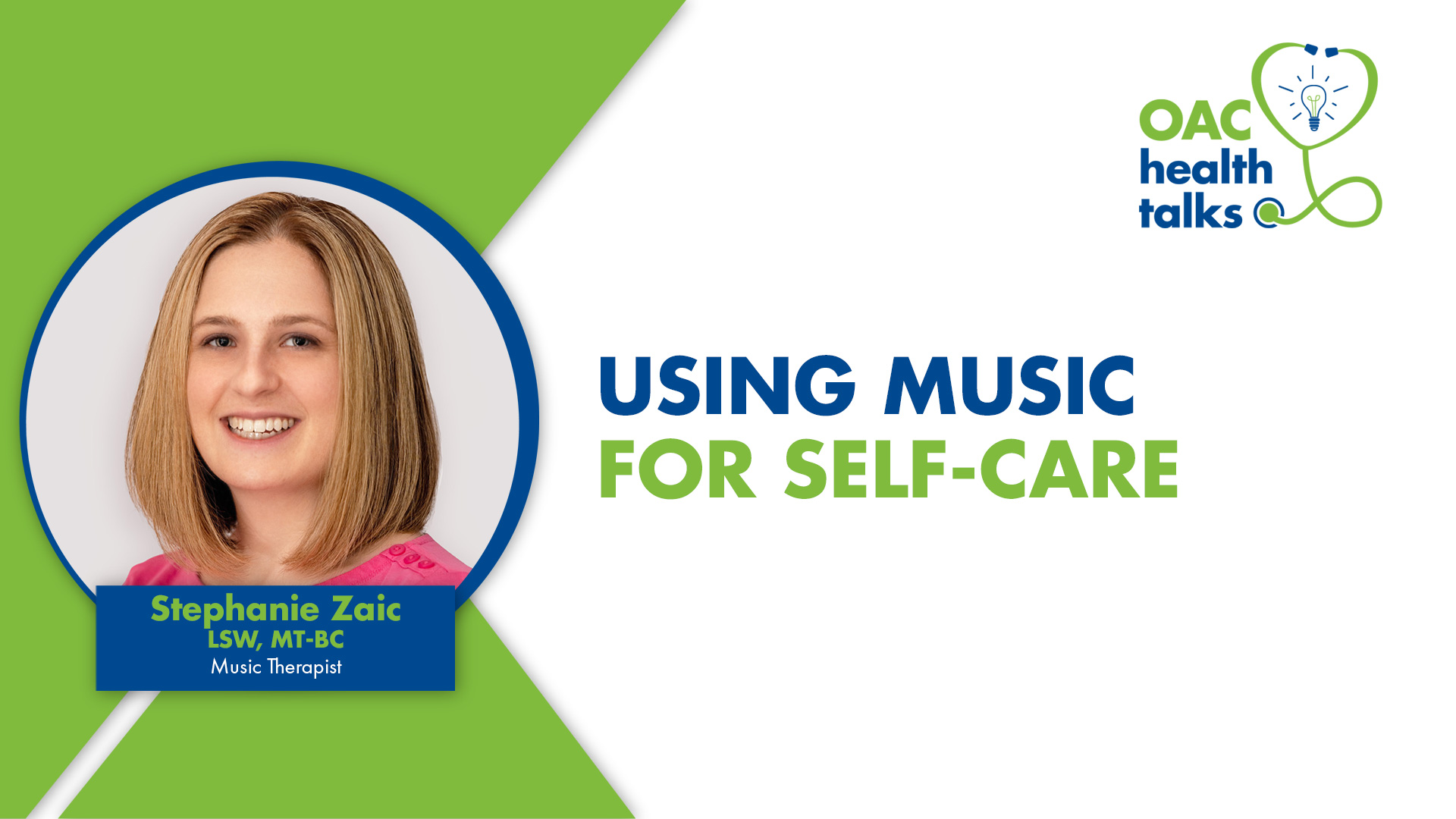Love What You Eat: How Mindful Eating Helps Break Your Eat-Repent-Repeat Cycle

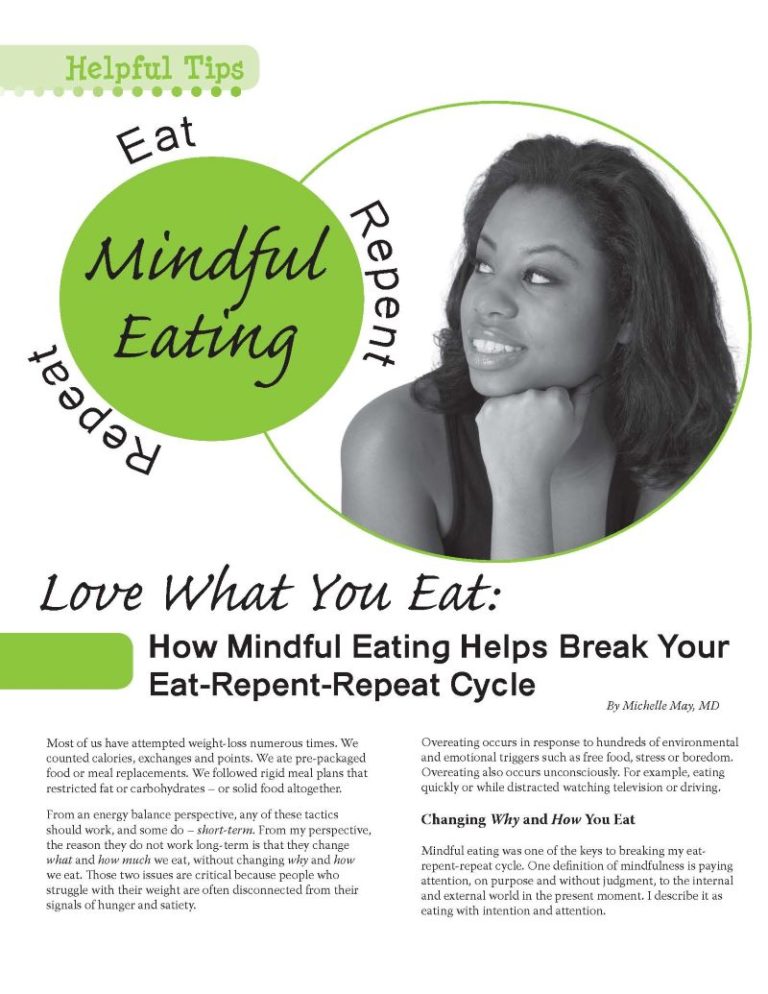
by Michelle May, MD
Spring 2009
Most of us have attempted weight-loss numerous times. We counted calories, exchanges and points. We ate pre-packaged food or meal replacements. We followed rigid meal plans that restricted fat or carbohydrates – or solid food altogether.
From an energy balance perspective, any of these tactics should work, and some do – short-term. From my perspective, the reason they do not work long-term is that they change what and how much we eat, without changing why and how we eat. Those two issues are critical because people who struggle with their weight are often disconnected from their signals of hunger and satiety.
Overeating occurs in response to hundreds of environmental and emotional triggers such as free food, stress or boredom. Overeating also occurs unconsciously. For example, eating quickly or while distracted watching television or driving.
Changing Why and How You Eat
Mindful eating was one of the keys to breaking my eat-repent-repeat cycle. One definition of mindfulness is paying attention, on purpose and without judgment, to the internal and external world in the present moment. I describe it as eating with intention and attention.
Benefits of Mindful Eating
Eating is a natural, healthy and pleasurable activity when you are eating to satisfy hunger and meet your needs for nourishment and enjoyment. Mindfulness helps you identify the difference between physical hunger and head hunger. Further, learning to savor food makes eating more pleasurable, leading to a paradoxical decrease in the quantity of food you need to feel satisfied.
Mindfulness also makes it possible for you to notice the difference between physical satisfaction and the discomfort of fullness, allowing you to self-regulate the quantity of food you eat.
| Mindful Eating is Eating with Intention and Attention Eating with Intention Be purposeful when you eat: • Eat when you are truly hungry. • Eat to meet your body’s needs for fuel and nourishment. • Eat with the goal of feeling better when you finish. Eat with Attention Excerpt from Eat What You Love, Love What You Eat: How to Break Your Eat-Repent-Repeat Cycle by Michelle May, MD (Greenleaf Book Group, October, 2009). |
The Practice of Mindful Eating
Admittedly, if you are used to eating on autopilot, learning to eat mindfully may feel awkward at first; however, like any new skill, it becomes natural with practice. During our Am I Hungry? workshops, we have a Mindful Eating potluck or go out to dinner together; you too can practice the following steps by yourself or with a friend.
Step 1
Before a single bite of food passes your lips, it is important to recognize why you are eating since the reason(s) impacts every other decision downstream. Whenever you feel like eating, first ask yourself, “Am I hungry?” This simple, but powerful, question helps you recognize whether the desire to eat was caused by your body’s need for fuel or some other trigger.
It may be helpful to close your eyes and do a mind-body scan, looking for signals of hunger. These may include hunger pangs, growling stomach, low energy, shakiness, headache or other symptoms that indicate that your stomach is empty and your blood glucose is low. Recognize that these are all physical symptoms, not cravings or thoughts, such as “That looks good,” or “I better eat now while I have the chance.”
Step 2
Decide what to eat, honoring your preferences by asking yourself, “What do I want?” and honoring your health by asking, “What do I need?” If you are preparing your own food, view it not as a chore, but an opportunity to become an integral part of the process. Connect with all of your senses as you touch, smell and combine the ingredients.
Step 3
Create a pleasant ambiance. Even when you are preparing food for yourself, make it attractive by setting the table, turning on music and perhaps even lighting candles. Minimize distractions so you can give the food and your body’s signals full attention. If you eat while you are distracted by watching television, driving, working or talking on the telephone, you may end up feeling full, but not satisfied.
Do not eat while standing over the sink, peering into the refrigerator or sitting in bed. Instead, choose one or two places at home and at work for eating.
Step 4
Before serving yourself or ordering, set your intention for how full you want to be at the end of eating. This intention guides you in deciding how much food to purchase, prepare or serve. Once you have the amount of food you think you will need, physically divide it in half on your plate to remind yourself to stop halfway and check in again. This little “speed bump” slows you down and serves as a reminder to reconnect if you lost your focus.
Step 5
Take a few deep breaths to calm and center yourself before you begin eating. Reflect on all that went in to bringing this food to your plate. Express gratitude for the nourishment, the people with whom you are sharing the meal, or simply the fact that you are giving yourself time to sit down and enjoy eating.
It is Time to Eat Mindfully
Make eating a multi-sensory experience. Look at your food and appreciate the colors, textures and arrangement. Decide which food looks the most appetizing and start by eating one or two bites of it while your taste buds are the most sensitive. If you save the best until last, you may want to eat it even if you’re full.
Take small bites since large bites are wasted on the roof of your mouth, teeth and cheeks where you have very few taste buds. In addition, much of what you perceive as taste actually comes from smell. When you slowly chew a small bite of food, the aromas are carried from the back of your throat to your nose, enhancing the flavors.
Put your fork down after each bite. When you are loading your next forkful, you cannot pay attention to the one in your mouth. When you are always paying attention to the next bite you will keep eating until there are no more bites left.
Recognize Fullness
Pause in the middle of eating. When you get to your speed bump, stop eating for a couple of minutes. Estimate how much more food it will take to fill you to comfortable satiety, keeping in mind that there is a delay in the fullness signal reaching the brain.
Notice when your taste buds become less sensitive to the taste of food; that is a sign that your body has had enough. Push your plate forward or get up from the table. The desire to continue eating will pass quickly, so distract yourself for a few minutes if necessary. Keep in mind that your intention was to feel better when you were done and that you will eat again when you are hungry.
Complete the Mindful Eating Process
When you’re finished eating, notice how you feel. If you over-ate, do not judge or punish yourself. Instead, be aware of the physical and/or emotional discomfort caused by being overly full and create a plan to decrease the likelihood that you will overeat next time.
Once you experience the pleasure of eating mindfully, you may be motivated to become more mindful during other activities too. Use intention and attention in your personal relationships and during routine activities like showering or exercising. Living fully in each moment increases your enjoyment and effectiveness in everything you do.
About the Author:
Michelle May, MD, is a recovered yo-yo dieter and the founder of the “Am I Hungry? Mindful Eating and Weight Management Program.” Download the first chapter of her new book, Eat What You Love, Love What You Eat: How to Break the Eat-Repent-Repeat Cycle from www.amihungry.com.
by Sarah Muntel, RD Spring 2024 Spring has sprung, bringing sunnier and warmer days! For many, this…
Read Articleby Nina Crowley, PhD, RD (with Inspiration from Shawn Cochran) Winter 2024 Dating, no matter your age,…
Read ArticleDid you know that stress can have an impact on weight? Many people increase their food intake…
View Video




